Dance genres
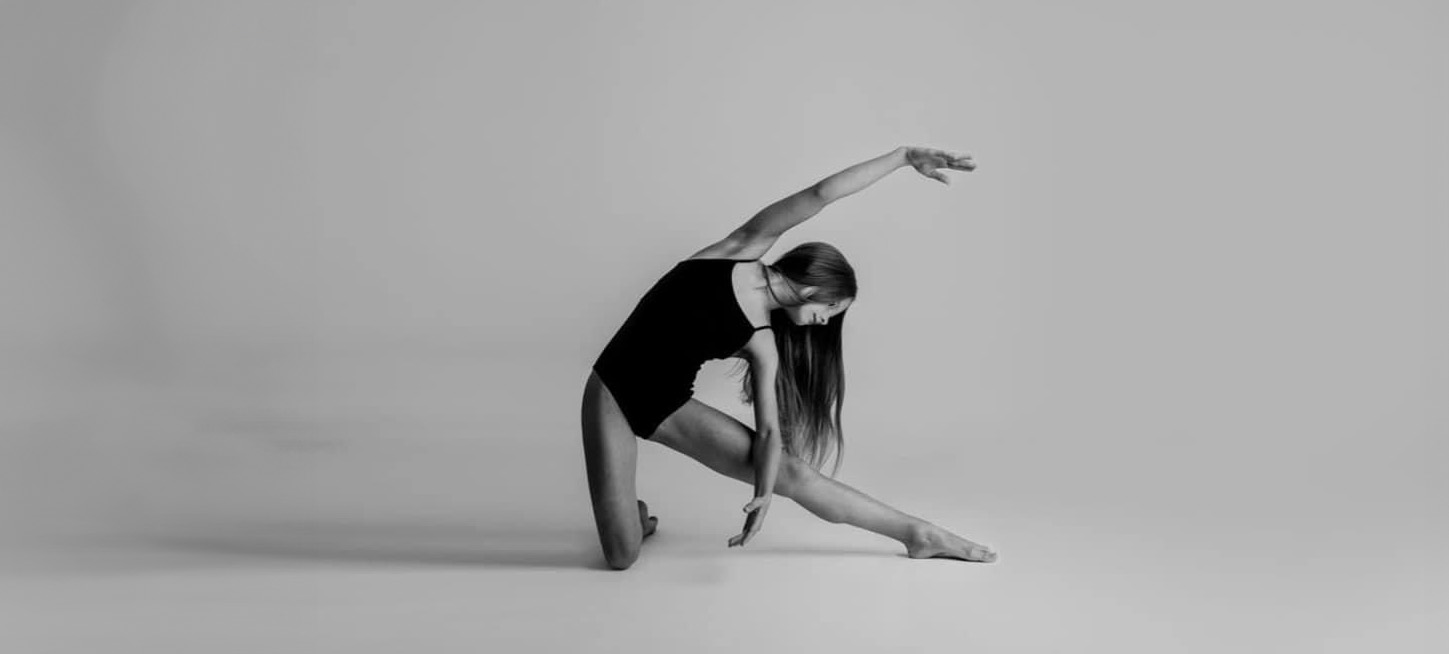
All dance genres available at Elite Dance Academy

Tap Dance
Tap dance is a form of dance which uses the sounds of tap shoes striking the floor as a form of percussion; it is often accompanied by music. The sound is made by shoes that have a metal “tap” on the heel and toe. Different shoes may differ in their sound. Tap dancing can also be acappella, with no musical accompaniment and just the sound of the taps as its own music. There are two major versions of tap dance: rhythm (jazz) tap and Broadway tap. Broadway tap focuses on dance; it is widely performed in musical theater. Rhythm tap focuses on musicality, and practitioners consider themselves to be a part of the jazz tradition.
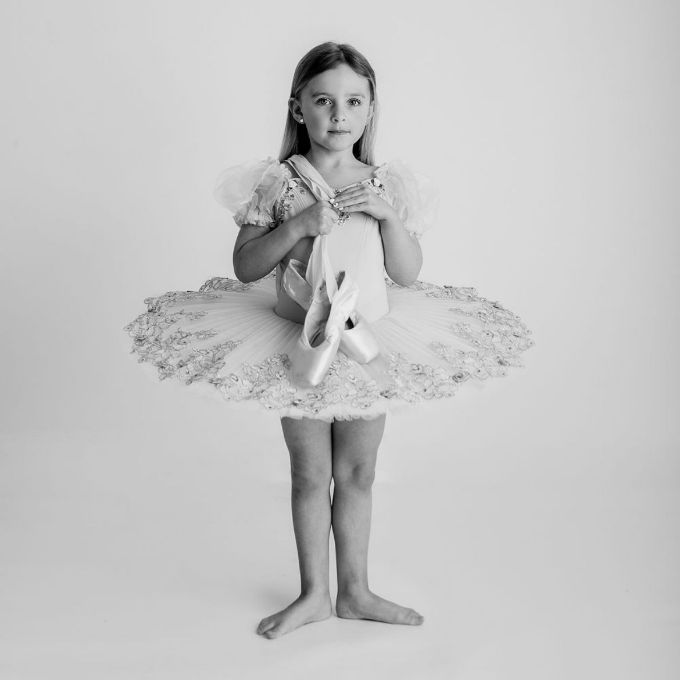
Classical Ballet
Classical ballet is any of the traditional, formal styles of ballet that exclusively employ classical ballet technique. It is known for its aesthetics and rigorous technique (such as pointe work, turnout of the legs, and high extensions), its flowing, precise movements, and its ethereal qualities. There are stylistic variations related to an area or origin, which are denoted by classifications such as Russian ballet, French ballet, British ballet and Italian ballet. For example, Russian ballet features high extensions and dynamic turns, whereas Italian ballet tends to be more grounded, with a focus on fast, intricate footwork. Many of the stylistic variations are associated with specific training methods that have been named after their originators. Despite these variations, the performance and vocabulary of classical ballet are largely consistent throughout the world.
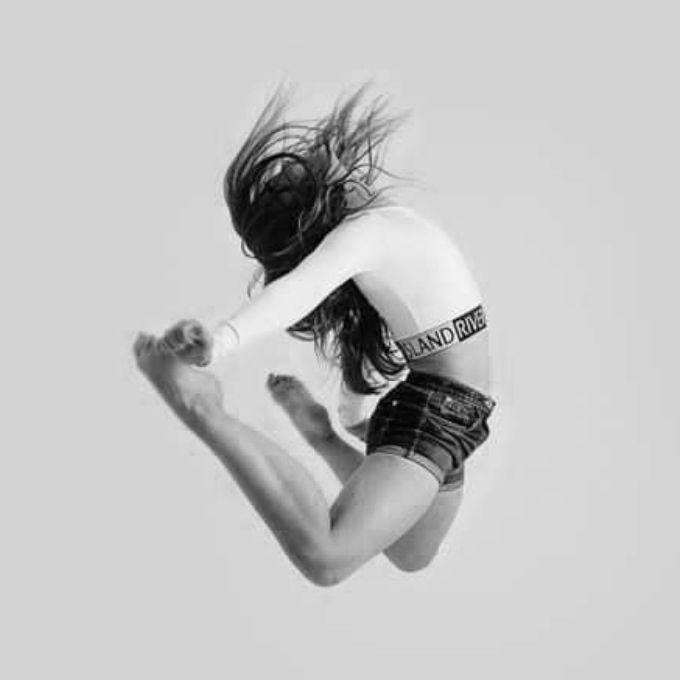
Jazz Dance
Jazz dance is a performance dance and style that arose in the United States in the mid 20th century. It may allude to vernacular jazz, Broadway or dramatic jazz. The two types expand on African American vernacular styles of dance that arose with jazz music. Vernacular jazz dance incorporates ragtime moves, Charleston, Lindy hop and mambo. The term ‘jazz dance’ has been used in ways that have little or nothing to do with jazz music. Since the 1940s, Hollywood movies and Broadway shows have used the term to describe the choreographies of Bob Fosse and Jerome Robbins. In the 1990s, colleges and universities applied to the term to classes offered by physical education departments in which students dance to various forms of pop music, rarely jazz.

Commercial Dance
Commercial jazz, which has been popular since the 1980s, combines aspects of hip hop and jazz and is often done to pop music. This style can be seen in the music videos of Janet Jackson and Paula Abdul. Commercial jazz often includes more “tricks.” Commercial jazz and contemporary jazz are both seen at dance competitions.
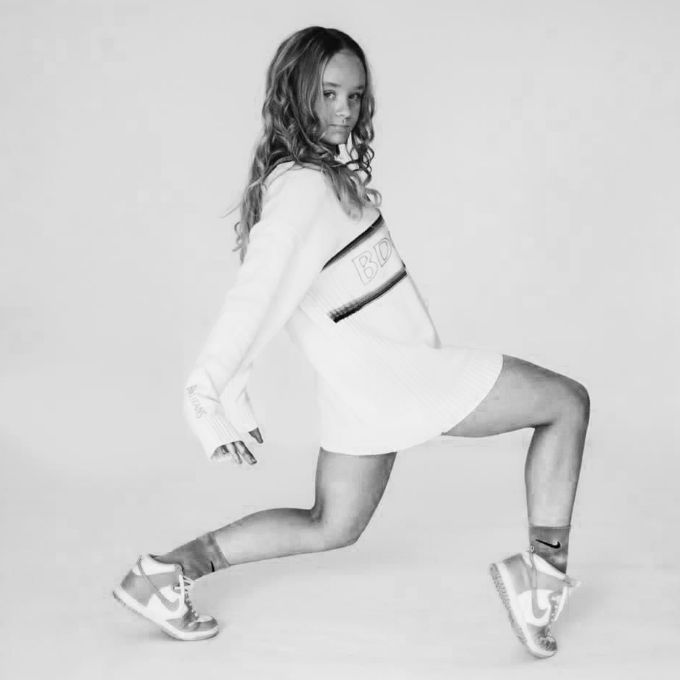
Hip hop
Hip hop dance is a range of street dance styles primarily performed to hip hop music or that have evolved as part of hip hop culture. It is influenced by a wide range of styles that were created in the 1970s and made popular by dance crews in the United States. The television show Soul Train and the 1980s films Breakin’, Beat Street, and Wild Style showcased these crews and dance styles in their early stages; therefore, giving hip-hop dance mainstream exposure.

LYRICAL
Lyrical dance is a dance style that embodies various aspects of ballet, jazz, acrobatics, and modern dance. The style combines ballet technique with the freedom and musicality of jazz and contemporary and is strongly associated with clearly displayed emotional moods, fast-moving choreographic strategies, emphasis on virtuosic display, illustration of song lyrics, and, in group form, exact unison.The style is usually danced at a faster pace than ballet but not as fast as jazz. Lyrical dance is a category typically found in dance competitions.
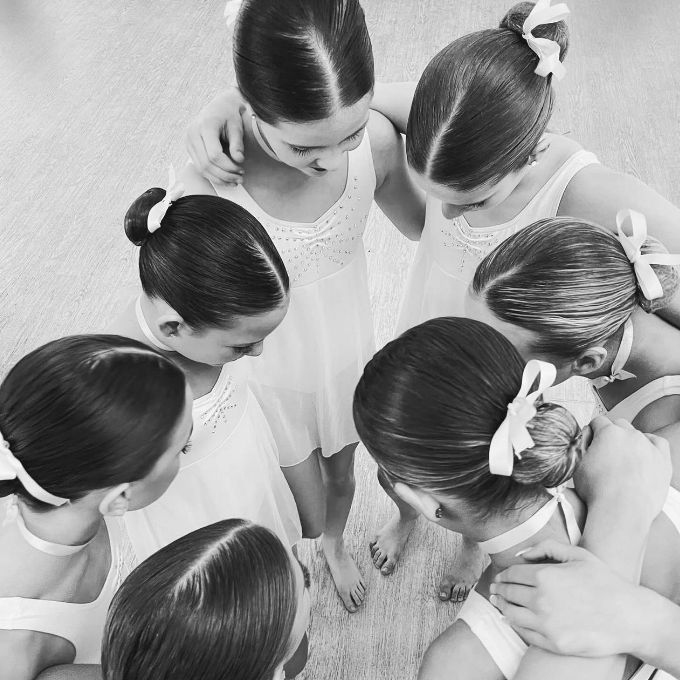
MUSICAL THEATRE
Musical theatre is a form of theatrical performance that combines songs, spoken dialogue, acting and dance. The story and emotional content of a musical – humour, pathos, love, anger – are communicated through words, music, movement and technical aspects of the entertainment as an integrated whole. Although musical theatre overlaps with other theatrical forms like opera and dance, it may be distinguished by the equal importance given to the music as compared with the dialogue, movement and other elements. Since the early 20th century, musical theatre stage works have generally been called, simply, musicals.

ACRO DANCE
Acrobatics is the performance of human feats of balance, agility, and motor coordination. Acrobatic skills are used in performing arts, sporting events, and martial arts. Extensive use of acrobatic skills are most often performed in acro dance, circus, gymnastics, and freerunning and to a lesser extent in other athletic activities including ballet, slacklining and diving. Although acrobatics is most commonly associated with human body performance, the term is used to describe other types of performance, such as aerobatics.
